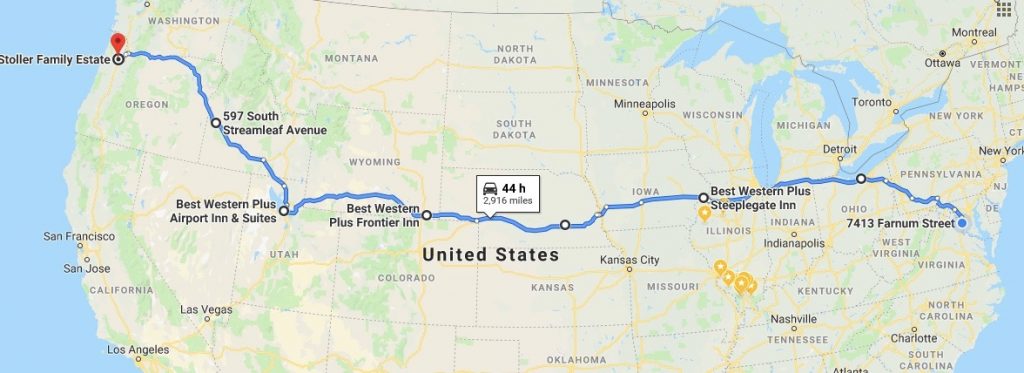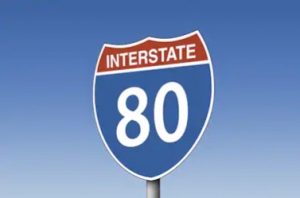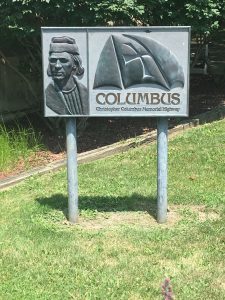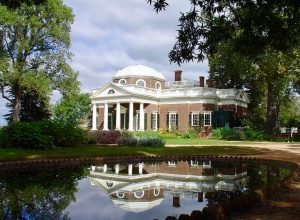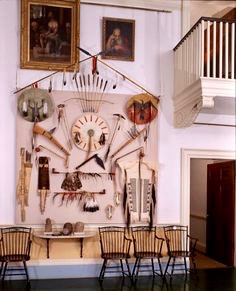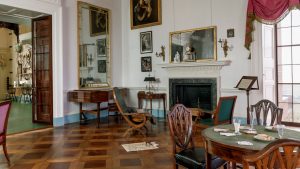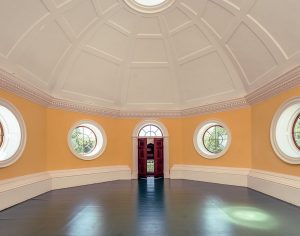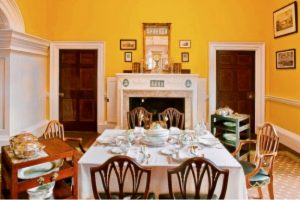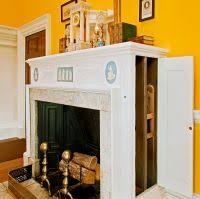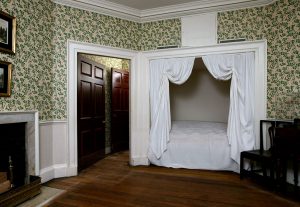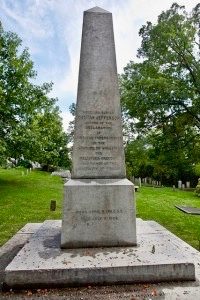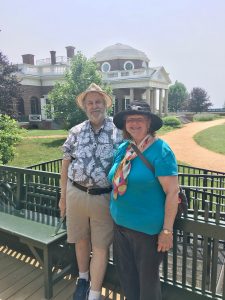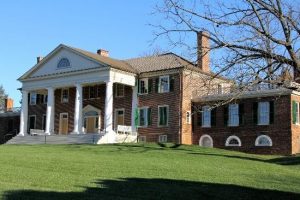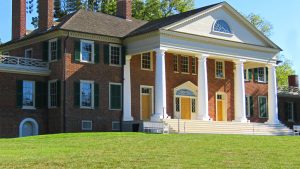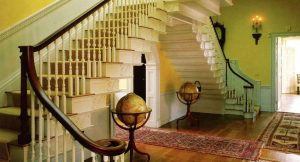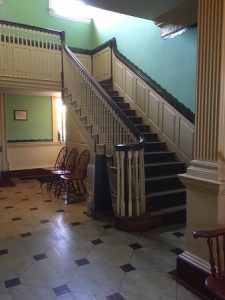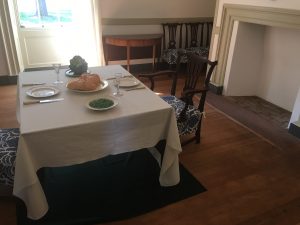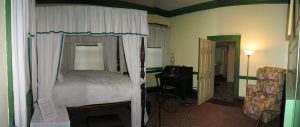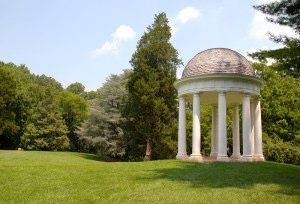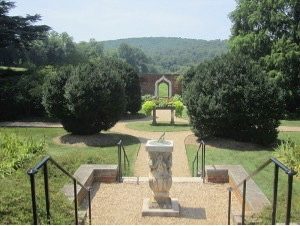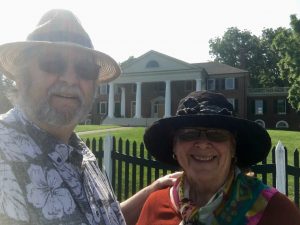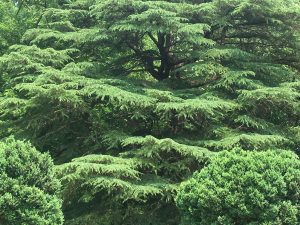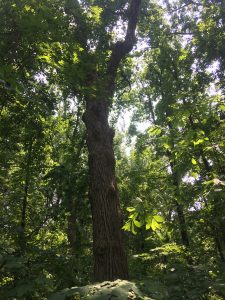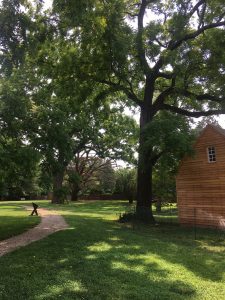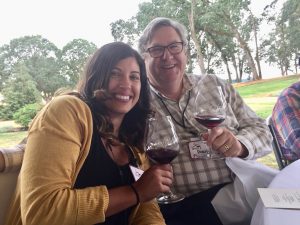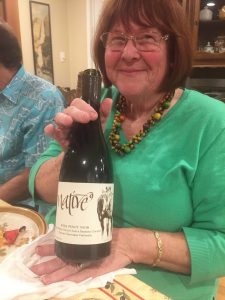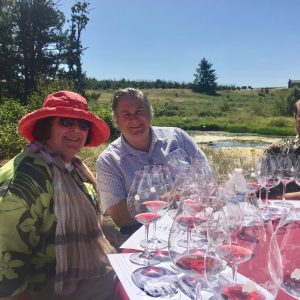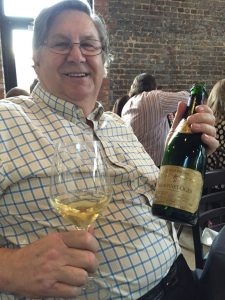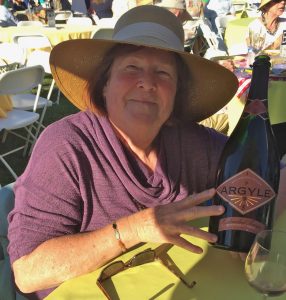Over the last 20 years, we have traveled to the wine country of the Willamette Valley almost every year. These trips have certainly given us a good appreciation of the area as well as the opportunity to see it change over the years. Our early visits included introductions to some great winemakers and we have been able to stay in touch with these folks over the years. As a result of all of this interaction with folks, we learned about the International Pinot Noir Celebration (IPNC), which is held each year the last weekend of July. Over the years we have been able to attend this event a number of times.
Coupled with the IPNC are a number of special events that occur around the weekend. One we were excited to attend was the release party for the History Wines.
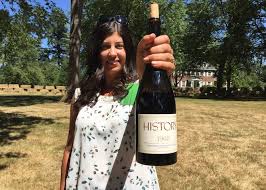
This wine series is a new partnership between Stoller Family Estate and the Director of Winemaking, Melissa Burr. Melissa’s family purchased a property in Washington that had a very early planting of Cabernet Sauvignon and she had wanted to make wine from it for sometime. This resulted in her development of the History Wine program that seeks to source fruit from some of the oldest vineyards in the Pacific Northwest to make limited quantities of ultra-premium wines. The release party was held July 20th at the Stoller estate and featured several wines produced from some of the oldest plantings in the area. Wonderful way to start off our visit to the area.
The following Thursday, we joined with our friends from Pasadena ,Jessie and Phil for a lovely Pre-IPNC dinner held at Résonance Winery.
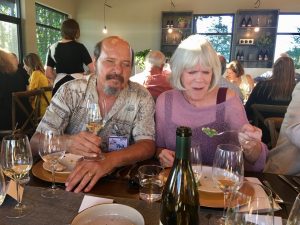
Résonance is a brand new facility started by a French producer, Maison Louis Jadot, and the tasting room was just completed about a month prior to the evening’s event. Dinner, great wines and conversations with the Pierre-Henry Gagey, President of Maison Louis Jadot and his son, Thibault Gagey Director of Operations provided a wonderful insight into their feelings about starting an operation in Oregon and their commitment to the project. I found my conversation with the winemaker, Guillaume Large very enjoyable.
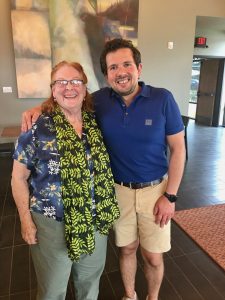
He has been active in the decisions on how new vineyards are to be planted and what varietals are used. Unlike most (read that 99%) of the vineyards in Oregon they are planting a number of different varietals as a “field blend” not as specific blocks or areas. The field blend they feel gives them a better representation of the terroir.
The next day started the actual IPNC experience.
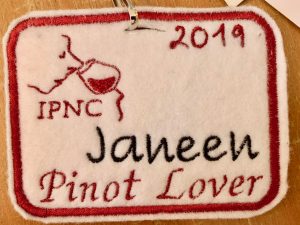
Held on the campus of Linfield College in McMinnville, Oregon, this was the 33rd annual gathering of Pinot Noir lovers from around the world. The Celebration is both educational, featuring a Grand Seminar and courses as part of the University of Pinot combined with an abundance of great Pinot Noir paired with the delicious bounty of Oregon prepared by the Pacific Northwest’s most talented chefs . Voila ,you have a great food and wine event.
Over the course of three days of tastings, seminars, vineyard tours and gourmet dining there is the opportunity to taste Pinot Noir wines from over 70 carefully vetted wineries from several continents.

This year’s Master of Ceremonies and Grand Seminar moderator was Steven Spurrier who guided an in-depth discussion of the wines of the Côte Chalonnaise, “The 3rd Côte.”
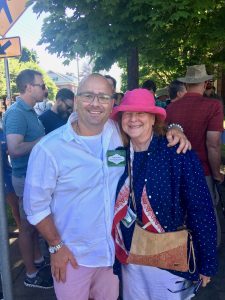
The Grand Seminar had a panel of French Wine Producers and their wines. It was a lively discussion along with some very tasty wines.
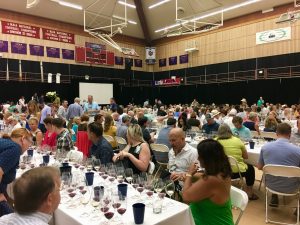
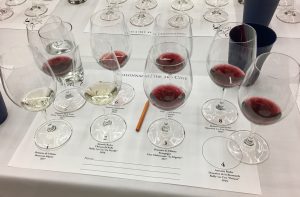

After a fantastic lunch served outdoors in the Oak Grove, I went off to a seminar with Steven Spurrier while Janeen headed to a discussion of Pinot Noir and Riesling and changing terroir.
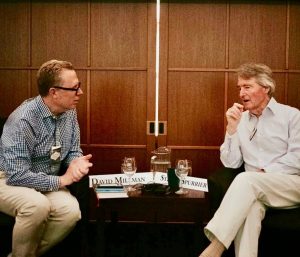
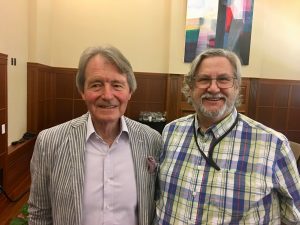
My seminar was a small group of people where Spurrier was asked questions by David Millman and covered the historic 1976 blind tasting between wines from California and France, the Judgment of Paris that forever changed the world’s view of New World wines and his lengthy history in the wine environment.
After our small group programs we went back to our room and regrouped for the afternoon and evening events. We decided to pass on the walk around tasting – where some 40 or so wines are presented and just hung out at our apartment. Dinner, a grand affair, held on the Intramural Field featured a wonderful meal along with more great wines.


Saturday had us board a bus and head out to a winery. The actual location is unknown until we were on our way and we discovered we were going to Ponzi Vineyard. Ponzi is one of the pioneer vineyards in the valley having been established in the late 60’s by Dick and Nancy Ponzi. The vineyards are now owned and run by their daughters, Anna Maria Ponzi and Winemaker Luisa Ponzi the second generation.
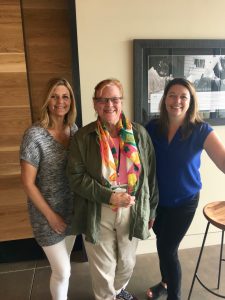
At the winery there was a panel discussion with 5 winemakers – 4 from Oregon and 1 from California with a discussion about winemaking procedures, methods sources of fruit and other quite interesting topics.
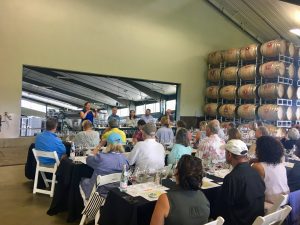
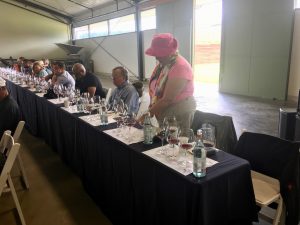
It is always interesting when winemakers have to taste their wines blind – most of the time they are unable to pick out their wines from the selections available and this was no different from prior panels we have been to over the years. All and it was a great afternoon and I would admit that the Arneis
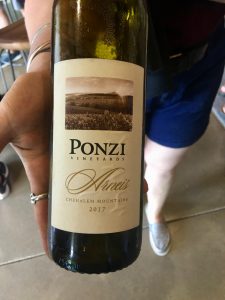
they served at lunch was so good I ordered some!
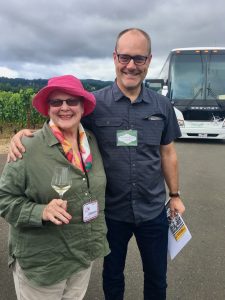
The afternoon, after getting back to the campus, had another walk around tasting with an additional 40 or so producers that we also missed. The evening had the traditional Salmon Bake – a large area under the oak trees is set up for cooking salmon, pouring wines, dancing and the eating of great food.
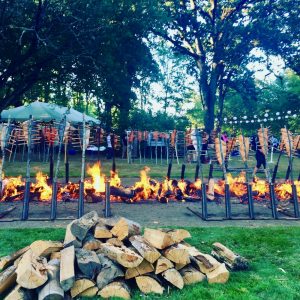
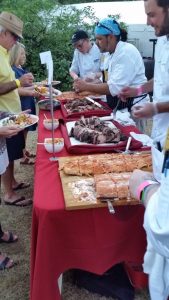

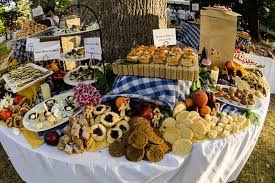
Sunday, the final day of the weekend ,is a sparkling brunch with several different food stations and lots and lots of sparkling wine. A wonderful end for the weekend and a time to say goodbye to old and new friends. While we have enjoyed our time both in the Willamette Valley and at the IPNC there is no guarantee when we will get back to this part of the world as there is a lot of world yet to explore.
